
views
Using an Em Dash
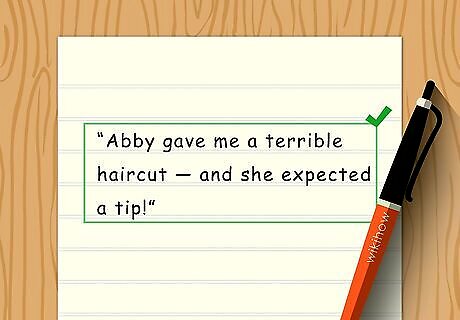
Use an em dash to join independent clauses. Most commonly, a dash connects an independent clause with another, with a related thought plus a conjunction like or, but, yet, for, and after the second dash. The dash works somewhat like parentheses or commas, but it is used where stronger punctuation is needed. An em dash can connect an independent clause with the related thought in sentences like, “Abby gave me a terrible haircut—and she expected a tip!” or “Evan wants me to apologize—but he didn’t even say he’s sorry!”Christopher Taylor, Adjunct Assistant Professor of English, advises: "An em dash (—) can be used as informal punctuation or to create emphasis. An en dash (–) is commonly used to indicate a range of values."

Mark non-essential information with an em dash. Much like a comma, you can use an em dash to clarify information, but is not essential to the understanding of a sentence. This is most commonly done in informal writing, but may also be done sparingly in formal writing when you want to make a statement with greater emphasis than a comma would offer. For example, you could say “I'd better have passed my test—it's 90% of my class grade—or I'll have to go to summer school.” This use for the em dash is sometimes called the parenthetical dash, since the dash can take the place of parentheses.
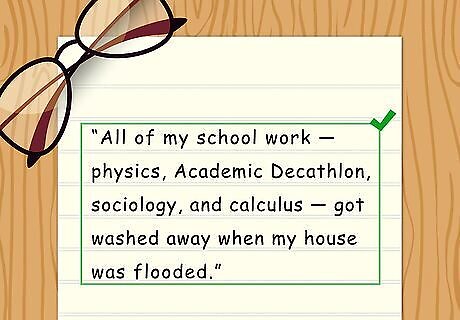
Use an em dash to offset lists placed in a sentence. An em dash can be used to mark a list placed in the middle of a sentence where commas are already used. This helps avoid confusion regarding what is part of the list, and where the list starts and stops. An example of this is, “All of my school work—physics, Academic Decathlon, sociology, and calculus—got washed away when my house was flooded.”
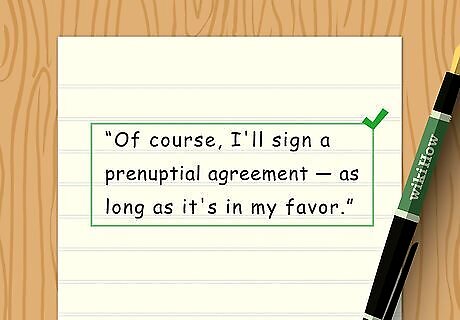
Create emphasis in a sentence with an em dash. Dashes can also be used to emphasize a point in a sentence. Typically, these points come after the dash. This is especially common in both informal writing and story writing. An example of this could include, “Of course, I'll sign a prenuptial agreement—as long as it's in my favor.”
Using an En Dash
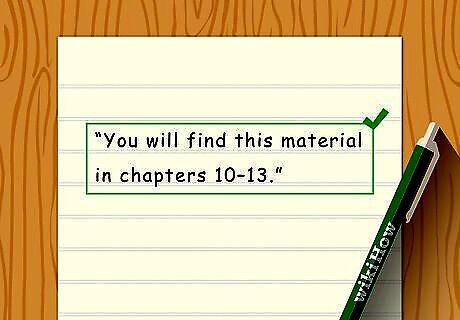
Indicate a range of numbers with an en dash. An en dash is most commonly used to indicate a range of numbers, like pages 182-197 in a book, or an event happening from 1 p.m.-5 p.m. When used with numbers, en dashes can generally be read as “to” or “through.” For example, if you read the statement “pages 182-197” out loud, it would sound like, “pages 182 through 197.” En dashes typically indicates an inclusive number sequence. Instructions to read pages 15-55, for example, indicates that all those pages should be read, not just pages 15 and 55. En dashes are also used to represent scores from contests and athletic events. For example, the Timberwolves beat the Bobcats 15-8 in last night's game.
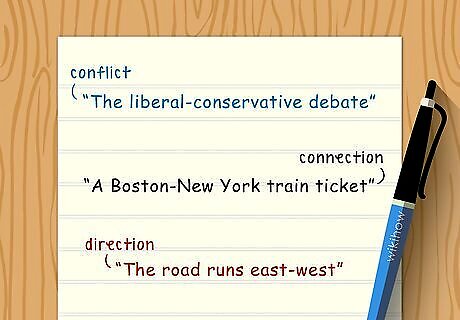
Connect concepts with an en dash. An en dash can also be used to connect 2 words that directly relate to one another. Typically, these relationships are conflict, connection, or direction. The dash goes in between the 2 related concepts. "The liberal-conservative debate” is an example of conflict. "A Boston-New York train ticket” is an example of connection. "The road runs east-west” is an example of direction.

Use a 2-word phrase as a modifier. If you are looking to use a two-word phrase as a descriptor or modifier, you can use an en dash. A common example of this is the term “award-winning.” In the phrase, “the award-winning scientist,” the en dash is used to modify the two words to make them into a single descriptor. This can work for longer phrases being used as compound adjectives, as well. “His spur-of-the-moment decision led him on a great adventure,” is one example.
Keeping Dashes Grammatically Correct

Know the kinds of dashes. A dash is noticeably longer than a hyphen. There are several different dashes, but the most commonly used are the en dash (–) and the em dash (—). They are so named because they are the same width as the letter N and letter M, respectively. An en dash (–) is most commonly used to indicate a range of numbers. An em dash (—) is most often used to indicate a break in thought or to set an appositive off from the rest of the sentence. Hyphens are used to connect two words into a single concept, such as with 2-liter bottle, or old-time traditions. Hyphens are half the length of a dash. Despite looking similar, they are actually not a dash at all.
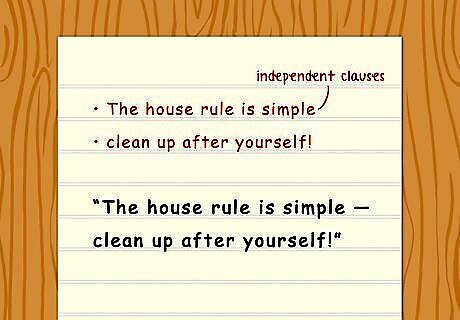
Identify an independent clause to use em dashes. Before you begin using an em dash in a sentence, you should be able to identify independent clauses. Seeing the clauses in your writing will help you understand where a dash would best fit. An independent clause is one that can stand on its own because it contains both a subject and a verb, for example: "I love pizza." "My mom makes me dinner." "When you come over," would be an example of a dependent clause. While it has both a subject and a verb, it does not represent a complete thought.
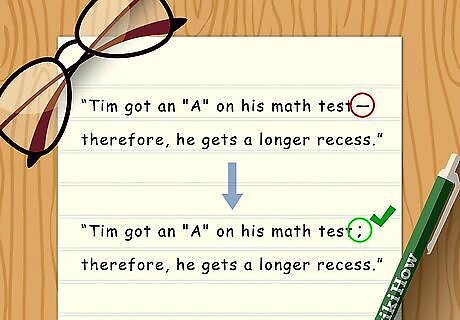
Use em dashes sparingly. Some circumstances, such as indicating date or number ranges, will always call for en dashes. Others, such as offsetting information or creating a pause, don't always need an em dash. Use dashes to create greater emphasis or to foster an informal tone in your writing. Don’t rely on them for situations when another form of punctuation will do. Remember that there are other useful punctuation marks including commas, semicolons, and parentheses.


















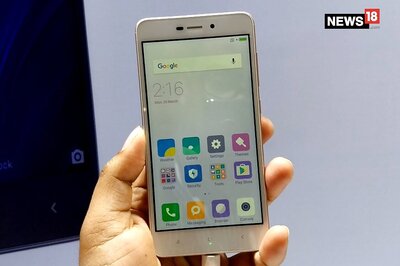
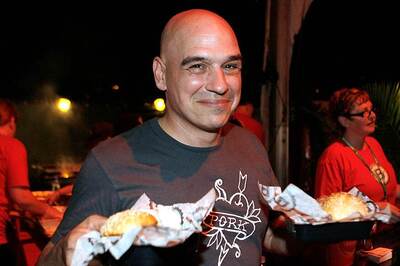
Comments
0 comment